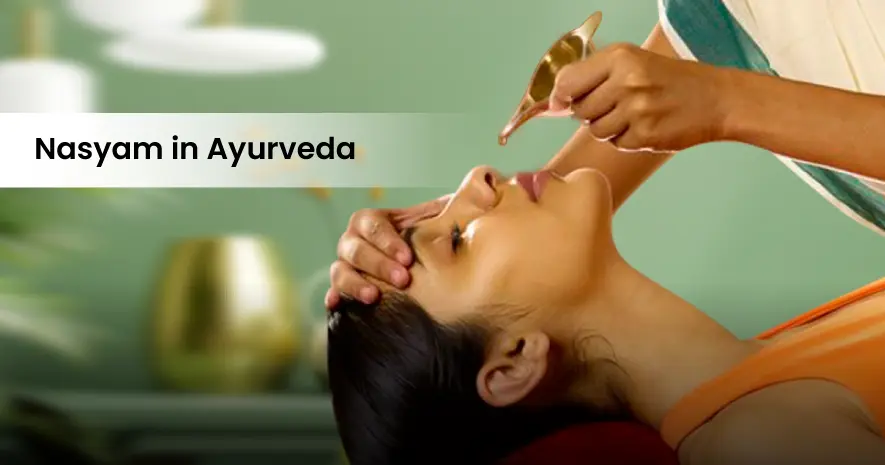
Nasya, one of the five therapeutic modalities in the classical Panchakarma regimen, is a specialized Ayurvedic intervention designed to purify, rejuvenate, and nourish the organs situated above the clavicle. As per Ayurvedic principles, the nasal passages are considered the direct access route to the brain and the seat of prana—the vital life force. Nasya involves the instillation of medicated oils, juices, powders, or fumes through the nasal orifices with the objective of balancing doshas in the head-neck region, enhancing sensory function, and preventing or managing various systemic and neurological disorders.
The procedure is not merely an act of nasal cleansing but a deeply integrative therapy that supports endocrine regulation, neurovascular purification, respiratory optimization, and sensory enhancement. Nasya is widely recommended in conditions collectively referred to in Ayurveda as Urdhva Jatrugata Vikara—disorders of the head and neck—such as sinusitis, migraine, nasal congestion, facial paralysis, insomnia, and cognitive disturbances. Its therapeutic actions also extend to systemic concerns, including hormonal imbalances, hair and skin issues, and even gynecological disorders, due to its profound influence on the hypothalamic-pituitary axis and related neuroendocrine pathways.
Ayurveda classifies Nasya into various types based on its purpose, medium of administration, and pharmacodynamic effect. When herbal powders are used for dry insufflation, the therapy is termed Pradhamana Nasya, primarily indicated in Kapha-dominant conditions such as allergic rhinitis and sinus blockages. Oil-based Nasya, such as Marsha Nasya and Pratimarsha Nasya, utilizes medicated oils or ghee in small to moderate volumes. While Marsha is therapeutic and done under supervision, Pratimarsha is subtle and can be practiced daily for preventive health maintenance.
Other forms like Shamana Nasya are designed for pacification of aggravated doshas, especially Pitta or Kapha, and are administered in controlled dosages using ghee or decoctions. Brimhana Nasya, on the other hand, aims at nourishing the neurological tissues and is indicated in cases of chronic fatigue, mental debility, or neurodegenerative disorders. More intense procedures like Virechana Nasya or Shirovirechana involve potent cleansing of the cranial cavities and are employed in conditions such as recurrent migraines and chronic sinusitis. Additionally, Avapidana Nasya, which uses freshly prepared herbal juices, is particularly effective in Vata-related head disorders. Dhuma Nasya, or medicated smoke inhalation, is also categorized under Nasya when employed for therapeutic purposes, especially in Kapha congestion and speech disorders.
The versatility of Nasya extends to its classifications based on quantity and frequency as well. While Marsha Nasya uses larger doses, usually under supervision, Pratimarsha Nasya uses small daily doses and is considered safe even for long-term use. Functionally, Nasya is described in classical texts as having three roles—Shamana (pacifying), Rechana (eliminative), and Tarpana (nourishing)—depending on the need of the patient and the underlying doshic imbalance. Various parts of plants—leaves, roots, barks, fruits, and even exudates—are selected and processed for Nasya formulations, which may take the form of oils, ghee, decoctions, pastes, juices, or smoke.
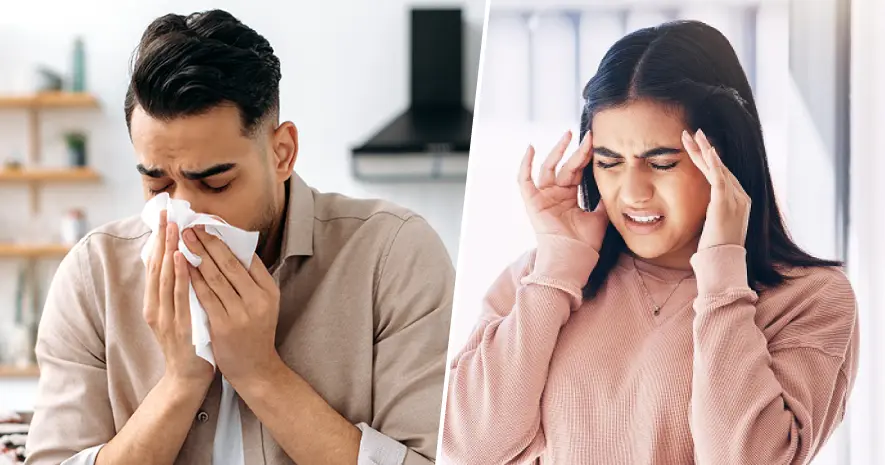
Nasya treatment yields a wide spectrum of health benefits that go beyond localized effects. It is especially effective in diseases of the head and neck such as migraine, sinusitis, chronic nasal congestion, and neurological conditions like facial palsy or epilepsy. Nasya is believed to enhance cognitive functions, improve memory, boost mental clarity, and alleviate anxiety and stress-related disorders. Its ability to clear the nasal passage and restore respiratory efficiency makes it valuable in managing bronchial asthma, allergic rhinitis, and upper respiratory tract infections.
Furthermore, Nasya plays a significant role in supporting healthy hair growth, preventing premature greying, managing dandruff, and improving complexion. Its influence on sensory organs is notable—improving the function of smell, taste, hearing, and vision. It also positively impacts oral and dental health, reducing gum inflammation and oral infections. Some contemporary Ayurvedic physicians recognize its potential in influencing the hypothalamic-pituitary-gonadal axis, thereby aiding in certain gynecological and fertility concerns.
The Nasya procedure is conducted in three stages: pre-treatment (Purvakarma), the main therapy (Pradhanakarma), and post-treatment care (Paschatkarma). Initially, the patient undergoes gentle massage of the face and neck with a suitable medicated oil to promote local circulation and loosen deep-seated toxins. Following this, mild fomentation or steam may be applied to dilate the channels. The patient is then positioned supine on a firm bed with the head slightly lower than the body, ensuring the nasal cavity is in an optimal position for medicine absorption.
The medicated oil or juice—warmed to body temperature—is instilled into each nostril using a dropper or Gokarna apparatus. The patient is instructed to inhale gently, allowing the substance to penetrate deep into the nasal sinuses and olfactory pathway. Mild massage is then given to the soles, palms, ears, and neck to further aid systemic absorption and stimulate vital points. Post-procedure, the patient is advised to remain still for a few minutes, expectorate any excess secretions, and avoid actions such as eating, sleeping, bathing, or speaking loudly for a short period.
Following Nasya, adjunct therapies such as Dhumapana (inhalation of medicated smoke) and Gandusha or Kavala (medicated gargling) are performed to clear the throat and enhance the
effect of the primary procedure. Dietary guidelines include light, warm, and easily digestible foods. Cold water, direct sun exposure, dust, wind, alcohol, and strenuous physical activity are to be avoided immediately after the procedure to ensure optimal results.
The timing of Nasya administration is of clinical importance. It is ideally performed in the early morning on an empty stomach. However, the timing may also vary depending on the dominant dosha: Kapha disorders respond best when treated in the morning, Pitta conditions around noon, and Vata imbalances in the evening. Seasonal considerations are also vital—spring and autumn are especially conducive for Nasya, while extremely rainy or cloudy days are usually avoided.
Nasya is contraindicated in specific conditions such as acute rhinitis, high fever, indigestion, severe thirst, exhaustion, or during episodes of bleeding disorders. It is essential that Nasya, particularly therapeutic forms like Marsha or Virechana Nasya, be performed under the guidance of a qualified Ayurvedic practitioner to avoid complications.
Among the commonly used medicated oils for Nasya are Anu Thailam, Ksheerabala Thailam (Avarthi), Dhanwantharam Thailam (Avarthi), and Bala Thailam. Each of these oils is selected based on doshic assessment, the nature of the illness, and the patient's constitution (Prakriti).
In essence, Nasya is a deeply transformative therapy that transcends simple nasal application. When performed properly and with individualized considerations, it enhances mental clarity, balances the doshas in the cranial region, improves respiratory function, and contributes to overall systemic rejuvenation. By working on both physical and subtle energy channels, Nasya stands as a testimony to Ayurveda's holistic vision of health and healing.
FAQs
1. What is Nasya or Nasyam in Ayurveda?
Nasya is one of the five major Panchakarma therapies, involving the administration of medicated oils, juices, powders, or fumes through the nostrils. It is designed to cleanse, nourish, and balance the head-neck region and improve systemic health.
2. What conditions can Nasya help with?
Nasya is recommended for:
- Migraine and headaches
- Sinusitis and nasal congestion
- Allergic rhinitis
- Facial paralysis
- Insomnia and stress
- Cognitive disturbances and memory loss
- Hormonal imbalances
- Hair and skin issues
- Some gynecological and fertility concerns
3. What are the different types of Nasya?
- Pradhamana Nasya – Herbal powder insufflation for Kapha-related issues like allergies and sinus blockage.
- Marsha Nasya – Therapeutic oil administration in larger doses under supervision.
- Pratimarsha Nasya – Daily preventive oil application in small doses.
- Shamana Nasya – Pacifying therapy for Pitta or Kapha aggravation.
- Brimhana Nasya – Nourishing therapy for fatigue or neurodegeneration.
- Virechana/Shirovirechana Nasya – Deep cleansing for migraines and chronic sinusitis.
- Avapidana Nasya – Herbal juice instillation for Vata disorders.
- Dhuma Nasya – Medicated smoke inhalation for Kapha congestion and speech disorders.
4. What are the stages of a Nasya procedure?
- Purvakarma (Preparation) – Face and neck massage, mild steam fomentation.
- Pradhanakarma (Main Therapy) – Instillation of warm medicated oil or juice in each nostril.
- Paschatkarma (Post-Care) – Gargling, smoke inhalation, dietary care, and rest.
5. What precautions should be taken after Nasya?
- Avoid cold water, direct sunlight, dust, wind, alcohol, and strenuous activity immediately after.
- Eat only light, warm, and easily digestible food.
- Rest quietly for a short time post-treatment.
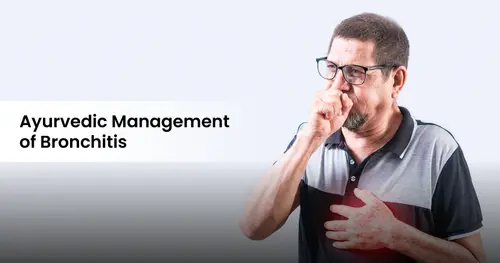
September 25, 2025
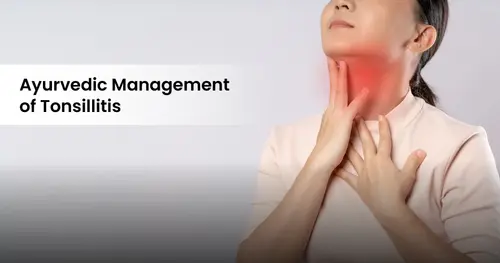
September 22, 2025
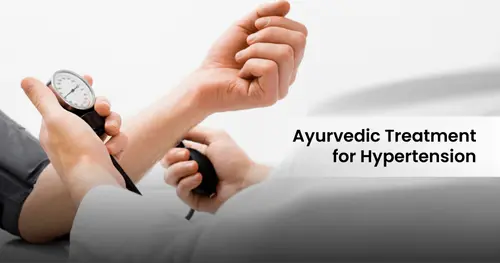
September 15, 2025
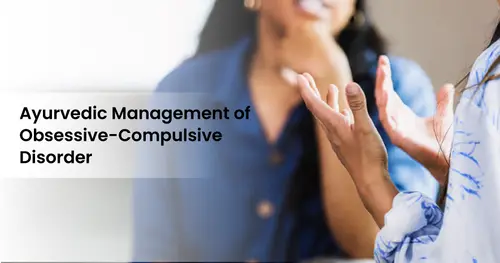
September 11, 2025
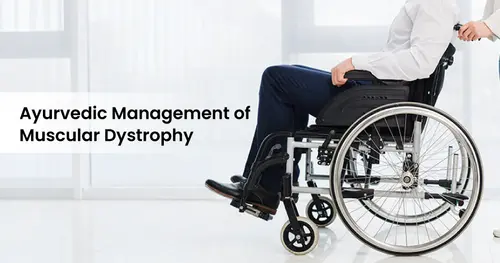
August 22, 2025
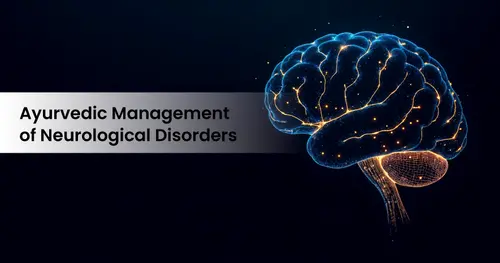
August 13, 2025

August 13, 2025

August 06, 2025
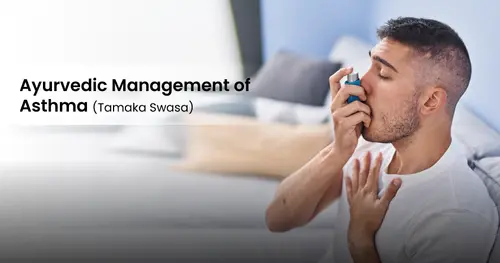
July 28, 2025
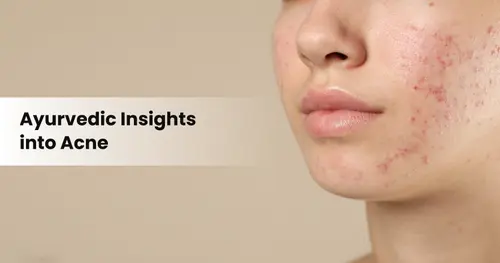
July 21, 2025

July 17, 2025